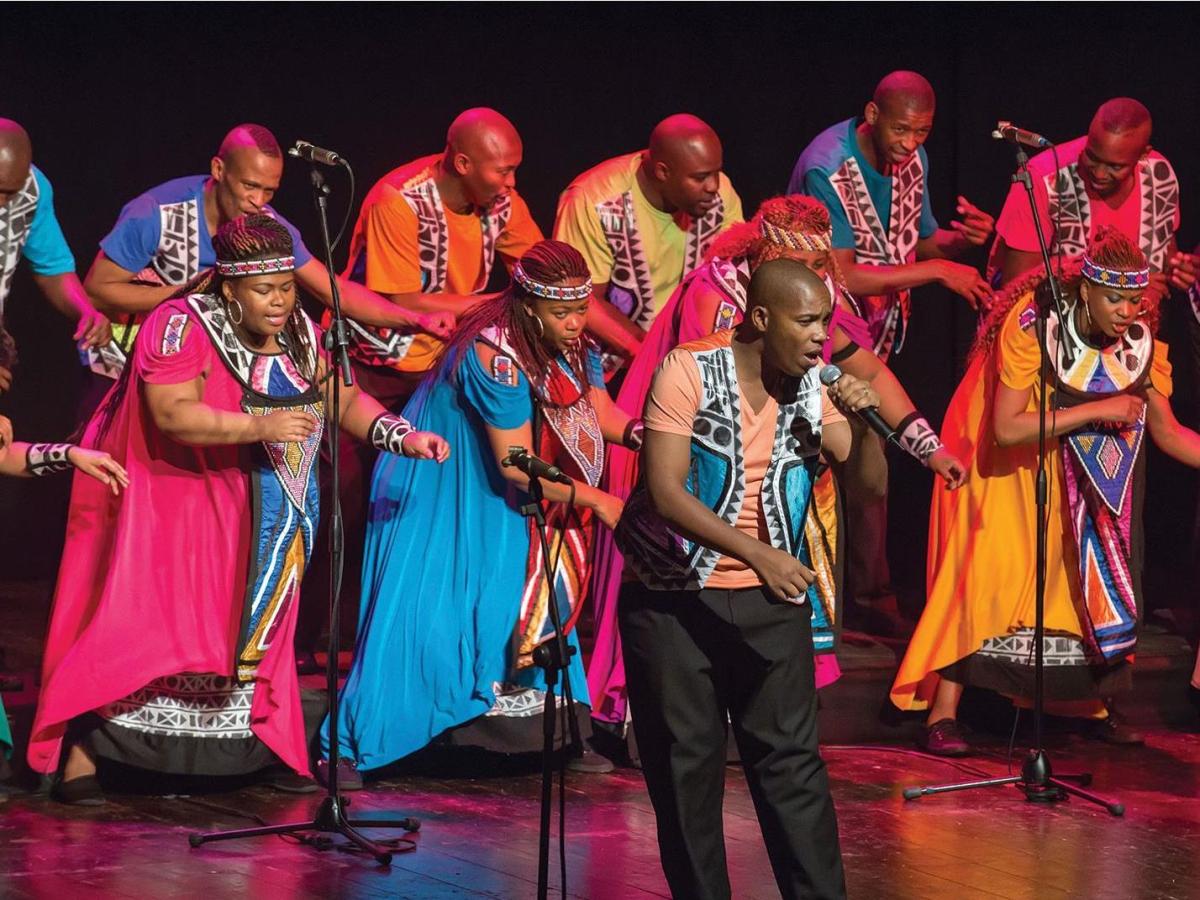Soweto Gospel Choir. Photograph via Soweto Gospel Choir.
On the 16th of June 1976, in the South Western Townships (Soweto) of South Africa, 21 black protesters were killed demonstrating against the government’s policy of enforcing education in Afrikaans instead of native languages. The protests garnered international attention and are seen as the beginning of the end of apartheid. 40 years later, the Soweto Gospel Choir brings joy to audiences around the world with glorious songs in a range of native languages, including Zulu, Sotho, Xhosa, Tswana and Sepedi.
Australia is blessed to have this group tour our country over the next month, and not just so we can experience their divine musicianship. Following a week when the national spotlight illuminated abuse of Aboriginal children in our prisons, the presence of a black South African gospel choir should also prompt Australians to consider the fact that the incarceration rate of Aboriginal people in Western Australia is nine times the rate of Apartheid South Africa. To ignore the context and history of racism from which the Choir emerges and to fail to use the opportunity to draw parallels with injustice here in Australia would be remiss to say the least.
Kicking off their tour at the Sydney Opera House on Sunday night, the Soweto Gospel Choir’s rich offering of talent, effervescent energy and cultural, linguistic and musical diversity feels like a much needed balm for the soul in dark and divided political times. As a symbol of hope, community, self-determination, resilience and the struggle for justice, the Soweto Gospel Choir might just be the exact opposite of Pauline Hanson and Donald Trump.
One of the many delights of an evening with these 21 versatile singers and dancers, including Diniloxolo Ndlakuse on keyboard and Sipho Ngcamu, Thabang Mkhawanazi and Original Msimango on percussion, is the extraordinary range of the performance.
The music traverses gospel, spirituals, reggae and American pop. The mood is solemn when Nelson Mandela’s imprisonment is recounted in the Struggle Songs: Bahleli Bonke and Hulumeni Senzeni. The mood is jubilant when 1,500 people in the Joan Sutherland Theatre rise to their feet to dance to uplifting renditions of I Feel Good and Oh Happy Days.
Much of the choreography is tight and athletic. Even when it’s looser, the beautiful spirit embodied in the movement more than compensates. There’s also great humour in the pantomime elements of several songs, especially Hello My Baby. The lead singer of a line of men points out audience members and tells them ‘Come along to kiss me, nice nice. Hello my sweet chocolate. I love you, I need you, my sweet chocolate’. It’s much less creepy in context.
Alto singer Jeanette Mazibuko’s total ownership over her every word and movement was both thrilling and hilarious and she brought the house down each time she took centre stage.
Watching the Soweto Gospel Choir in Australia in 2016 is a chance for raucous entertainment; God it’s good fun.
It’s also a chance to think about the many decades of struggle which enabled such a show, as well as the ongoing struggles of black South Africans and Indigenous Australians.
Rating: 4.5 stars out of 5
Soweto Gospel Choir 2016
Choir Master/Show Director: Shimmy Jiyane
Musical Director: Diniloxolo Ndlakuse
Associate Choreographer: Mazwe Mhlongo
Ensemble: Mlungiseleni Jones, Thembisa Khuzwayo, Sibongile Makgathe, Victor Makhathini, Jeanette Mazibuko, Gugu Mbongwa, Lungisani Mhlongo, Thabang Mkhwanazi, Ipeleng Moshe, Original Msimango, Mary Mulovhedzi, Mulalo Mulovhedzi, Maserame Ndindwa, Gregory Ndou, Sipho Ngcamu, Phumla Nkhumeleni, Portia Skosana.
Sydney Opera House
Touring Nationally 31 July – 3 September 2016





